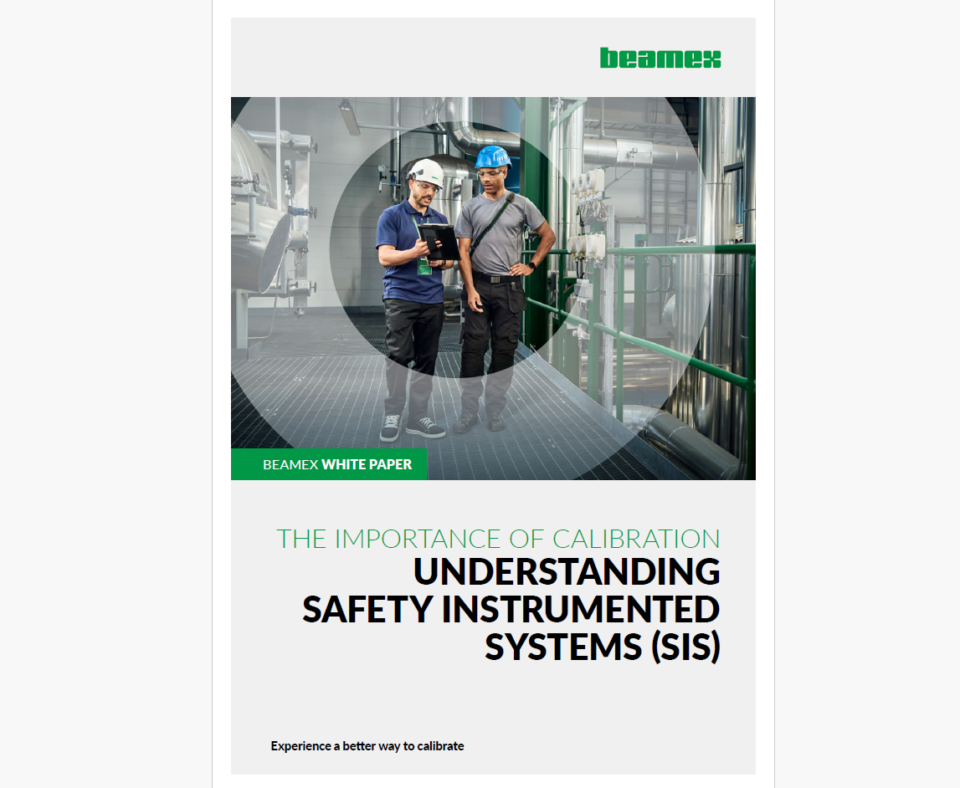
Beamex article
Adapting to Trends in the Pharmaceutical Industry
Recent trends in the research-based pharmaceuticals industry, including personalized medicine, flexible production facilities, and digitalization are impacting established processes and requiring new ways of thinking.
For example, personalized medicine – treatment targeted to the individual based on a specific patient diagnosis – should lead to better patient outcomes. It also requires smaller production batches with a focus on keeping costs reasonable. This means that manufacturing needs to be scalable and modular, creating the need for faster processes and flexible production facilities. With flexible production, factories can be quickly reconfigured to meet new demands. However, both of these trends put a lot more pressure on all maintenance activities undertaken at production facilities, including calibration.
Why digitalization matters
Digitalization, where paper-based processes are replaced with machine processes using data in digital format, is both a trend and a part of the solution for dealing with the pressures created by personalized medicine and flexible production. “If we look at personalized medicine for example, it requires a lot more measurement and better diagnostics – but the old method of using paper for everything just isn’t fast or flexible enough. Digitalization of data makes the logistics related to research and development faster,” says Sami Koskinen, Director, Digital Transformation at Beamex.
Having data in a digital format enables the creation of digital twins, an exact copy of a process that can be modeled to enable thorough testing before implementation. “Digitalization helps the process industry to implement flexible production. When you have all data, including from sensors, in digital format you can create digital models. This means you don’t have to physically build something and test it through trial and error,” explains Sami.
The benefit of digitalizing maintenance process
Digitalizing maintenance processes can improve their transparency and efficiency, speeding them up and helping to reduce the risk of human error by eliminating the manual steps. Automatic electronic documentation ensures that all data is present and in a format that can’t be tampered with and can be easily searched and compiled.
When it comes to the digitalization of calibration execution and management, there are further benefits to be gained. Smart calibrators can offer step-by-step guidance for users, with everything needed to perform a calibration clearly spelled out on the device. This not only saves time, but it also reduces the need for training and removes a further potential source of human error.
If there is a need for an audit, digitalization of records combined with a search function means it’s easy to locate any record that is requested by an auditor. The same search function can be used to easily compile data about a given device or factory, enabling trend data analysis and performance comparisons. Data from calibrations can also be integrated with ERP systems, helping management to understand what’s going on and make more informed decisions backed up with current data.
For these reasons and more, companies in the pharmaceuticals industry are increasingly embracing digitalization to improve their maintenance process efficiency and flexibility – helping them to adapt to the latest industry trends. To learn more about digitalizing calibration in the pharmaceutical industry, you can read our white paper.

Automated calibration processes in the pharmaceutical industry
Read this White Paper to learn more about automated calibration solutions and their implementation in the pharmaceutical industry.























